The Rise and Fall of the U.S. Soccer Development Academy
Where do the 160 clubs and approximately 16,000 players ages U13 through U19 go after the closure of the DA blamed on COVID-19 related financial issues? The DA youth soccer clubs and their players deserved better. They went all-in on a program that left them hanging, without any warning.
In the fall of 2017, U.S. Soccer launched the Girls’ Development Academy. The girls’ program, starting ten years after the formation of the U.S. Soccer Development Academy (DA) Boys’ program, lagged behind and was a source of ire in the youth soccer community.
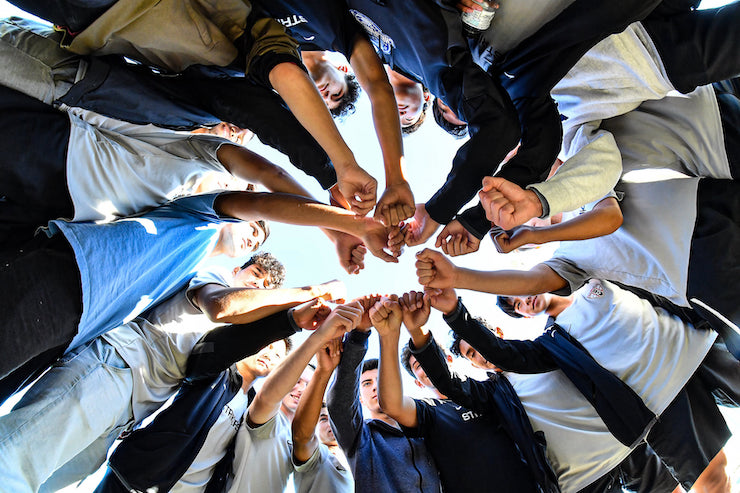
Leading up to the launch, one common question never clearly defined by U.S. Soccer was, ‘Why now? Why were girls not included in the beginning?’
Two-and-half years later, the Federation’s effort to “accelerate the development of world-class female (and male) players” through the DA is apparently no longer enough of a priority to continue funding.
Once again, the popular question remains unclarified— Why now?

Nixing the Academy program altogether marks the largest multi-million-dollar youth investment U.S. Soccer has dropped since the spring of 2017 when the Under-17 Men’s National Team Residency Program completed its final semester. The reason for that end? Because U.S. Soccer believed the Development Academy had become strong enough for the top prospects to train and compete in.
Read: U.S. SOCCER DEVELOPMENT ACADEMY CLOSES. IT’S OFFICIAL and U.S. SOCCER DEVELOPMENT ACADEMY CLOSES BRADENTON
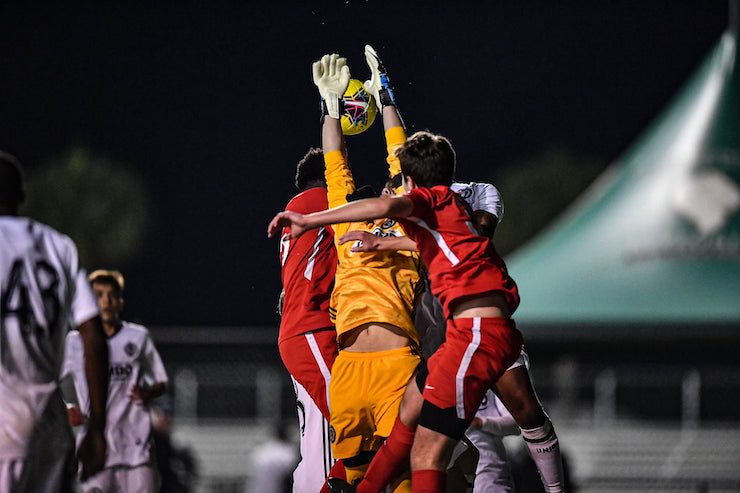
In the beginning, the Development Academy was created with a heavy influence from John Hackworth, who served as the inaugural Technical Director. Ironically, Hackworth was also the U-17 MNT coach at IMG Academy in Bradenton, Fla when the Residency Program was forced to end ten years later.
But it was Hackworth’s vision of the country multiplying into hundreds of concentrated, development-focused, residency-like programs that lead to the primary philosophies of the DA: more training, fewer, more meaningful games, international standards and a holistic environment centered around individual player development.
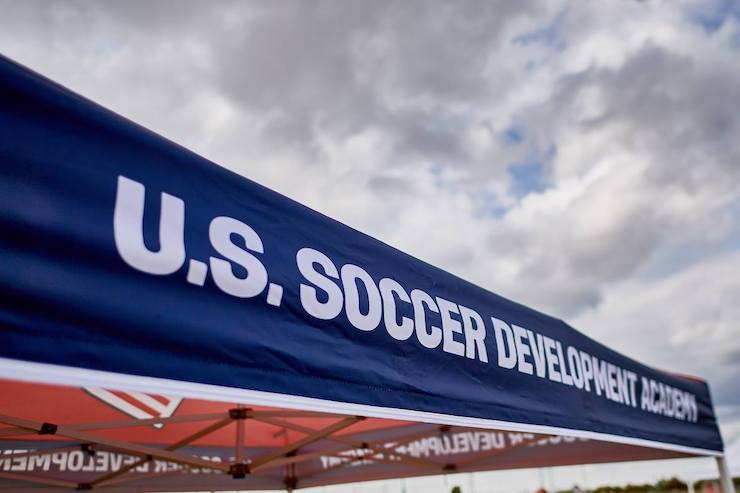
The ensuing problem with this approach has been that while it caters to the nation’s top players — some of which ultimately end up forming the Senior Men’s National Team player pool (which is great for U.S. Soccer), it neglects to accommodate the vast majority of elite youth players who are preparing for college soccer, not the professional ranks. It did, however, expand the philosophy beyond the residency rosters were usually limited to 30-40 players.
Read: GREAT PLAYER DEVELOPMENT IS NOT ABOUT TITLES OR LEAGUES
As the Boys’ Development Academy grew and expanded in its first ten seasons, a separate entity stood up in 2009, filling the void on the girls’ side ‘ignored’ by U.S. Soccer and created the much-needed environment for the nation’s top female players: Elite Clubs National League (ECNL). Season by season, ECNL raised the bar and quickly built the strongest development program for girls. While ECNL’s core values to this day remain focused on development as both player and person, it’s the organization’s acknowledgment and preparation for the college game that had, up until the start of the Girls’ DA, solidified the league as the destination of choice for elite female players.
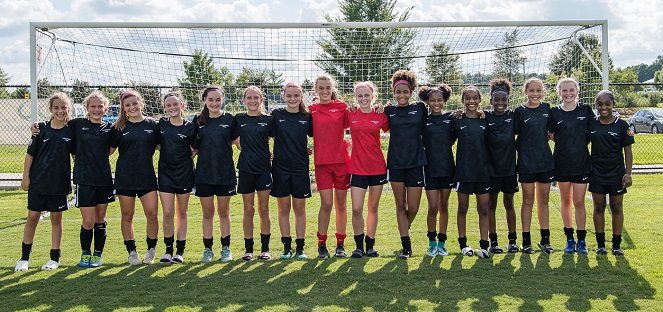
Before the Girls’ DA, elite clubs around the country were at peace with how they went about programming for both genders: their girls played in ECNL and boys played in the Development Academy.
However, despite these separate, but well-formed competition structures in place, U.S. Soccer felt the need to step in and bring the country’s best female clubs and players under its auspicious rules and regulations and mirror the Boys’ Development Academy.
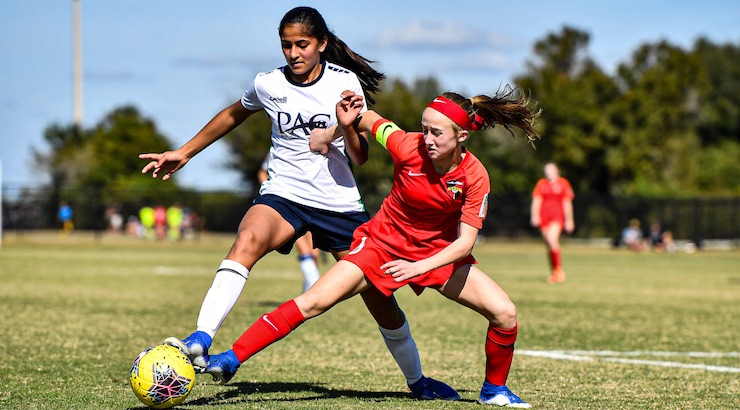
Unlike the World Cup struggles of the Senior Men’s National Team prior to the Academy starting in 2007 (group stage finish in 2006), the formation of the Girls’ Academy in 2017 could not be correlated to any World Cup struggles by the Senior Women’s National Team (2007 third place; 2011 runners-up; 2015 Champions).
Girls club leaders around the country suddenly stepped into a big dilemma.
Would they choose to stay with a tried and true competition format, or abandon ship in an attempt to be in good graces with the governing body of soccer in the U.S.?
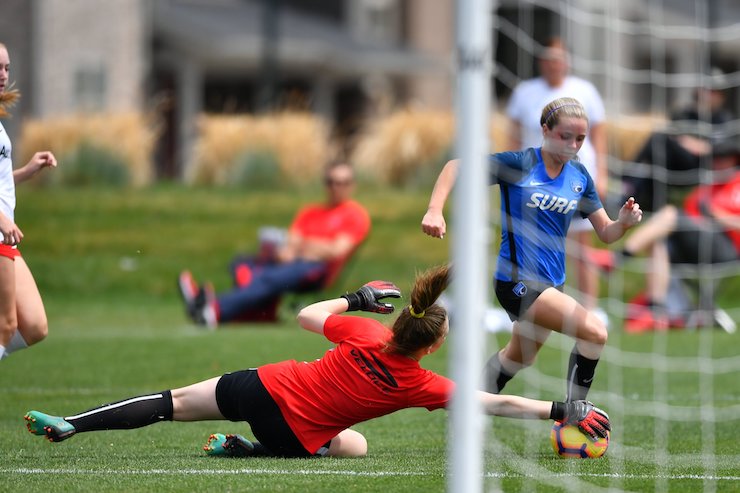
Most of the elite clubs, whether they ran a girls-only program or already had boys teams in the Academy, made the move to the DA. After a rocky inaugural Girls’ season, one of the country’s most prestigious clubs (and the inaugural U-18/19 Academy Champions), Slammers FC, made a bold statement leaving the DA and returning to ECNL.
While others followed suit that season and even more upon the conclusion of the 2018-2019 campaign, the SoCal talent factory now looks to have made the right call.
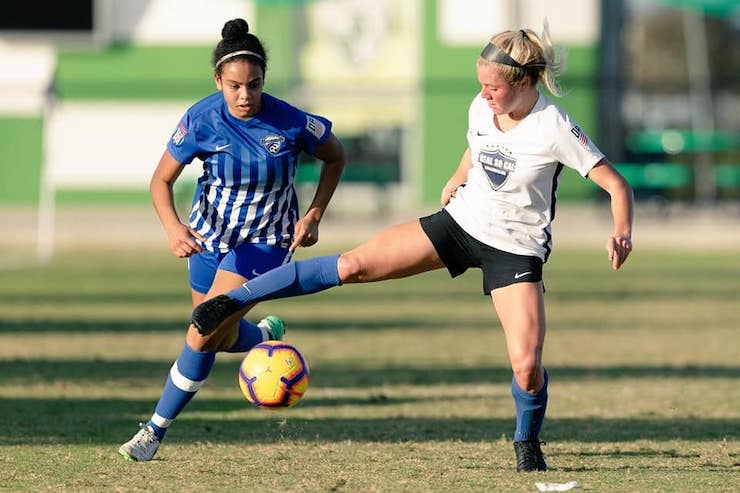
Read: SAN DIEGO SURF AND REAL SO CAL LEAVE DA AND JOIN ECNL GIRLS
The stream of defections continued in what commonly became acknowledged as a turf war and one that many thought the DA was losing. In fact, it was only a few weeks ago on March 23 that ECNL was excited to announce that the North Carolina Courage would leave the DA to join the ECNL in 2020-2021.
To take a step back, the goal behind U.S. Soccer forming the DA was never to operate ‘the’ premier youth soccer league for the nation’s elite.
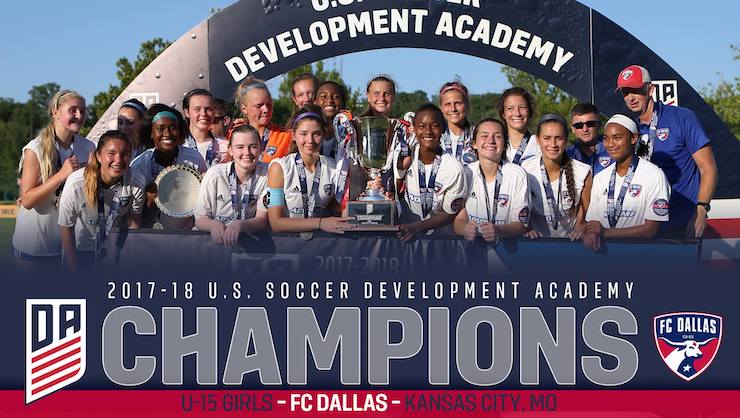
It was to create a framework of standards that would, hopefully, permeate to club soccer programs across the country as the model framework to aspire to mirror. The eventual end was always going to be to (gently) pull away once the youth soccer landscape was prepared to properly take over.
The constant problem, however, especially with girls, is that a league structure and competition service must cater to the vast majority of its members.
The Academy was built with U.S. Soccer’s primary motives of developing the top percentage of players, that may one day represent a U.S. senior national team, to their fullest potential. While MLS teams incorporated the Academy program as a means to evaluate, develop and ultimately strive to sign players to Homegrown contracts, it was no secret that scouts from the Bundesliga and beyond were commonly found (and welcomed) at Academy events.
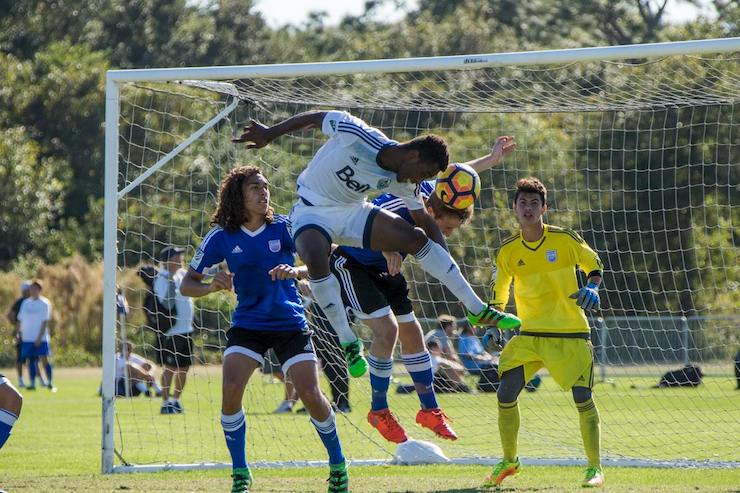
For U.S. Soccer, a player signing with MLS or internationally makes little difference.
Every player reaching their highest potential, especially through a professional pathway, will always be the priority.
As MLS takes over in its attempt to operate the elite pool of talent on the Boys’ side, former Academy clubs without an MLS affiliation are now faced with their own set of problems. What competition structure they will shift to? How will they prevent top players from moving to MLS Academies if they can’t provide MLS competition? Will player recruitment and local marketing be impacted if the highest-level youth competition structure is no longer printed on their jersey sleeves?

These youth soccer clubs deserved better. They went all-in on a program that left them hanging, without any warning.
The demise of the DA and U.S. Soccer letting go of its grip and infusion of interests may, in fact, prove to be the best decision in the long run for the growth of the sport. Maybe a new highly competitive league will emerge from the DA’s rumble.
Read: MLS TO THE RESCUE WITH NEW ELITE COMPETITION AFTER U.S. SOCCER SHUTS DA
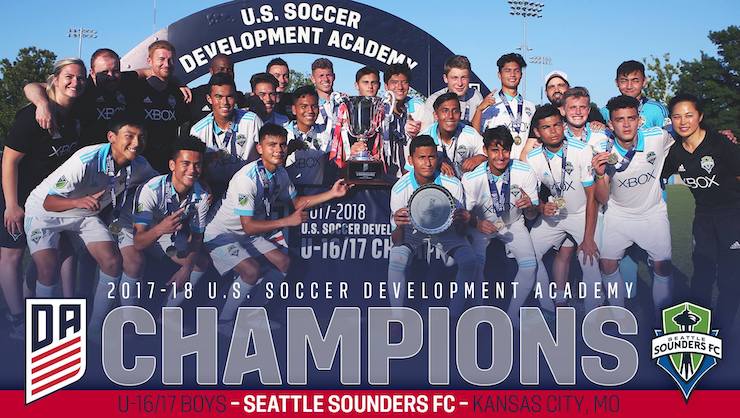
But in the short term, clubs are now scrambling during a historical time where the focus should be on the player health and safety.
Hopefully, the country’s top leagues, entities, and competition structures, like ECNL, MLS, USL, and NWSL, can come together to do what U.S. Soccer couldn’t— create a tiered system that gives players and parents the ability to choose what path they want to be on with development and a competition structure that puts their interests top of mind.
Read: WHY U.S. SOCCER CLOSED THE DEVELOPMENT ACADEMY and TOP SO CAL BOYS TEAMS MOVE TO ECNL IN ANTICIPATION OF DA DEMISE




